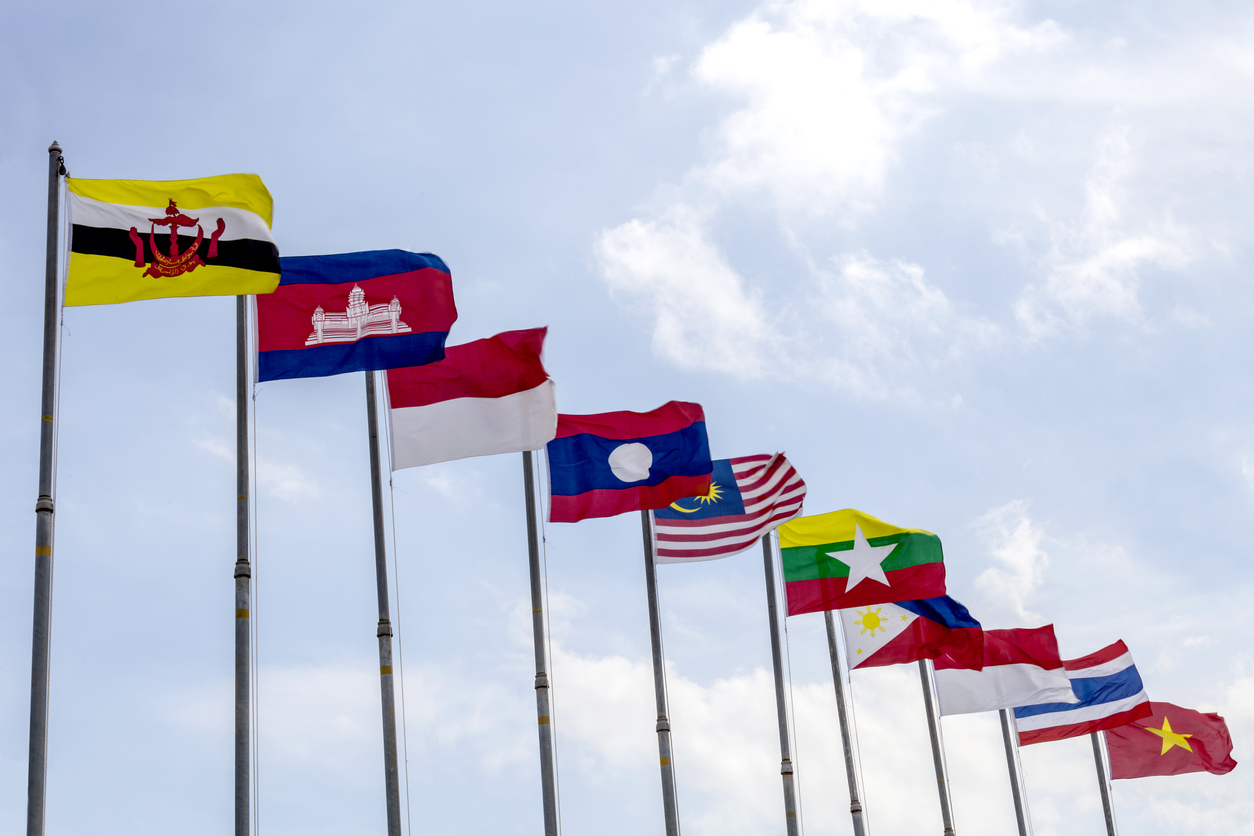A sense of drift in what was once a cohesive grouping, the Association of South East Asian States Nations (Asean), was discernible in Phnom Penh last week as Cambodia hosted the Asean summit marking its 55th anniversary. The summit itself went off smoothly enough. Compared to the last time Cambodia held the ASEAN chair in 2012, there was a welcome absence of rancour.
In 2012, it was a very different picture as Cambodia, despite being the chair, had prevented a consensus on Asean’s position on the South China Sea because it was critical of Beijing’s policies at the time. A decade on, however, there was no such controversy.
Advertisement
But, on the flip side, the outcome of Asean’s apex policy-making meeting in Phnom Penh under the theme ‘A.C.T: Addressing Challenges Together’ was, at best, underwhelming. While it is understandable given the contemporary geopolitical flux that ‘togetherness’ was reiterated as Asean’s first principle, how this is to be achieved if the 10 member states of Asean are to act together in dealing with regional challenges while maintaining their unity “as a family” is not so clear.
Ambassador Gurjit Singh, former Indian envoy to ASEAN, in a recent article correctly identifies three core issues that the grouping must address to stay relevant. First, Chinese aggression in the South China Sea (SCS) and the varying threat perceptions of ASEAN member-states have not been reconciled. Asean’s inability to promote confidence building in the region brings its centrality into question. For example, points out Ambassador Singh, “the last joint statement on the SCS issue from Asean came in 2002.”
Contradictions are also apparent in the fact that while China remains Asean’s biggest economic partner, seven of the grouping’s members have signed up for the Washington-backed Indo-Pacific Economic Framework. But perhaps the more pressing issue for Asean to prove its effectiveness and conflict-resolution capability is Myanmar. The Indonesia-led Five Point Consensus (FPC) arrived at in 2021 seems to be dead in the water; the Myanmar junta which signed up for it has reneged on its commitments. Ambassador Singh underlines that Cambodia has tried but failed to engage the pro-democracy forces in Myanmar, and its efforts to get the military leadership to keep to the promises it made in the FPC have also fallen flat.
In fact, Cambodian efforts to bring back Myanmar to ASEAN summits have been resisted by Indonesia, Malaysia, and Singapore. The grouping’s position is that it will for now accept only non-political representation from Myanmar, which is not forthcoming. Myanmar is, adds Ambassador Singh “the touchstone through which others see Asean’s efficacy and determination”. Last but not least, the second-order effects of the conflict in Europe are playing out in South East Asia.
ASEAN has been unable to formulate a common position on the Ukraine war, and its focus is almost entirely on the conflict’s effect on energy and food prices. Asean’s balancing act between its Western partners and the Sino-Russian alliance has resulted in fragmented voting patterns on the Ukraine issue by its member-states in the United Nations. Its lack of coherence as a grouping is becoming stark.









